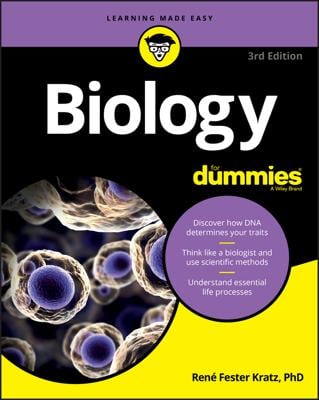Fungi once were considered to be plants because they grow out of the soil and have rigid cell walls. Nowadays they are placed independently in their own kingdom of equal rank with the animals and plants and, in fact, are more closely related to animals than to plants.
Like the animals, they have chitin (the substance that gives hardness to the external skeletons of lobsters and insects) in their cell walls and store reserve food as glycogen (the form of glucose found in the liver and muscles). They lack chlorophyll and are heterotrophic (organisms which obtain carbon for synthesis from other organic matter or proteins). Familiar types of fungus include the edible mushrooms, molds, mildews, yeasts, and the plan pathogens, smuts and rusts.
Believe it or not, the Earth's largest living organism may be a fungus: either the mycelium reported from Washington state that covers 1,500 acres (but probably is disjointed and broken) or the one in Michigan that covers 37 acres and is estimated to weigh 110 tons — the weight of a blue whale.

